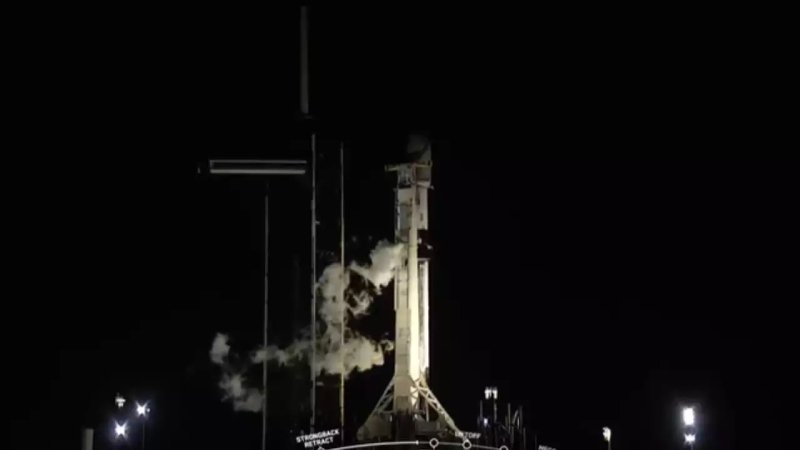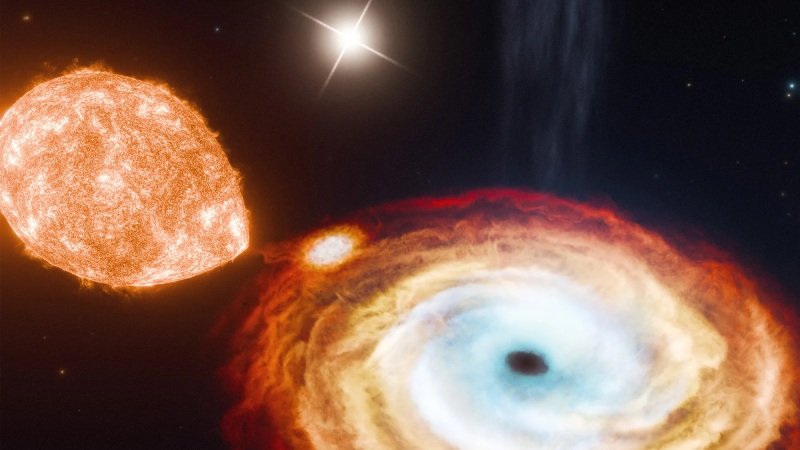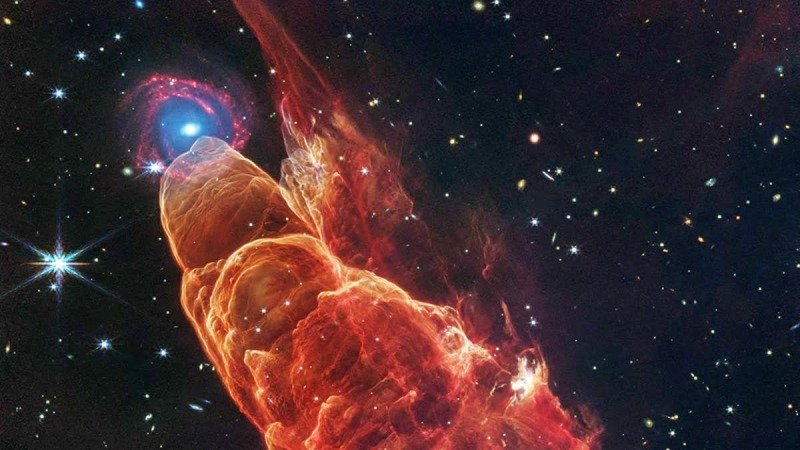A research team led by scientists at the Indian Institute of Astrophysics (IIA) has developed an online tool to create a star catalogue to enable the upcoming Thirty Meter Telescope (TMT) in Hawaii to produce high-quality astronomical images. This development signifies a substantial contribution from India, a key partner in the TMT project.
Ground-based telescopes like TMT, which have high light-collection capabilities, must overcome atmospheric distortion to generate clear images. TMT will address these distortions using an adaptive optics system (AOS) that continuously adjusts for atmospheric changes. An all-sky catalogue of near-infrared (NIR) stars can greatly enhance the efficiency of this system.
Dr. Sarang Shah from IIA explained that the AOS on TMT includes a laser guide star facility that can project up to nine lasers into the sky to create artificial guide stars. “However, atmospheric turbulence affects these laser beams, making the measurement of atmospheric tip-tilt uncertain. To correct these effects, the AOS requires feedback from three real stars, known as natural guide stars (NGS),” Shah, the lead researcher, said.
Simulations indicate that the AOS needs at least three NGS within its field of view, each as bright as 22 magnitudes in the near-infrared J waveband, for optimal performance. Currently, no comprehensive star catalogue provides NGS for all sky regions.
Researchers at the Indian Institute of Astrophysics (IIA) and their collaborators have created an automated code, which serves as an online tool to compile a catalogue of NIR stars.Smitha Subramanian, co-author and faculty at IIA, stated that this code can compute the expected near-infrared magnitudes of stellar sources identified in various optical sky surveys using their optical magnitudes.
The team employed multi-band optical photometry from Hawaii’s PAN-STARRS telescope to select and identify stars, predicting their near-infrared magnitudes.Data from the UKIDSS survey of the United Kingdom Infrared Telescope validated their approach, achieving over 85% prediction accuracy.
The research, conducted at the IIA-headquartered India-TMT Coordination Centre, was published in The Astronomical Journal. TMT, planned for Mauna Kea in Hawaii, will feature a 30-meter diameter primary mirror composed of 492 precisely aligned segments. It is set to be one of the largest optical and NIR telescopes, aiding scientists in exploring dark matter and studying the evolution of galaxies.
The telescope is a joint project involving the California Institute of Technology, India’s Department of Science and Technology, the University of California, and institutions and observatories from Canada, China, and Japan. IIA leads the Indian collaboration in the TMT project, with the Inter-University Centre for Astronomy and Astrophysics in Pune and the Aryabhatta Research Institute for Observational Sciences in Nainital also participating.
Topics #galaxy #Indian scientist #Indian Space Agency #Isro #news #solar system #space #stars #telescope #Universe











